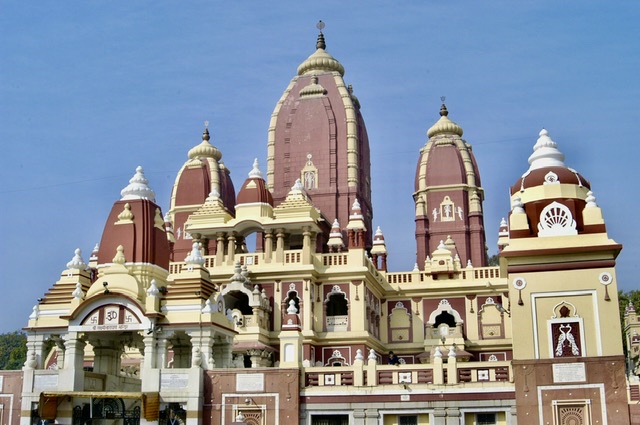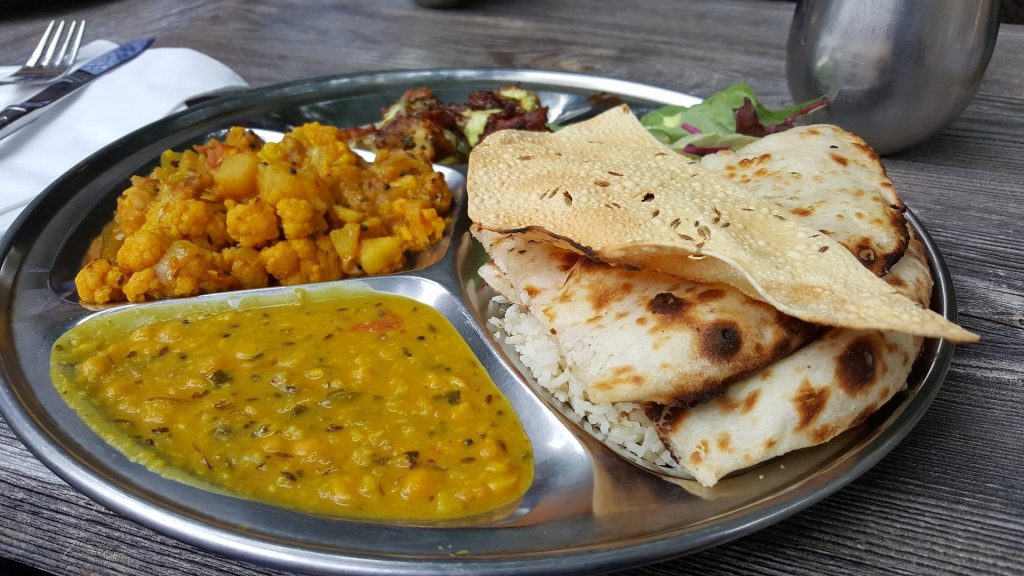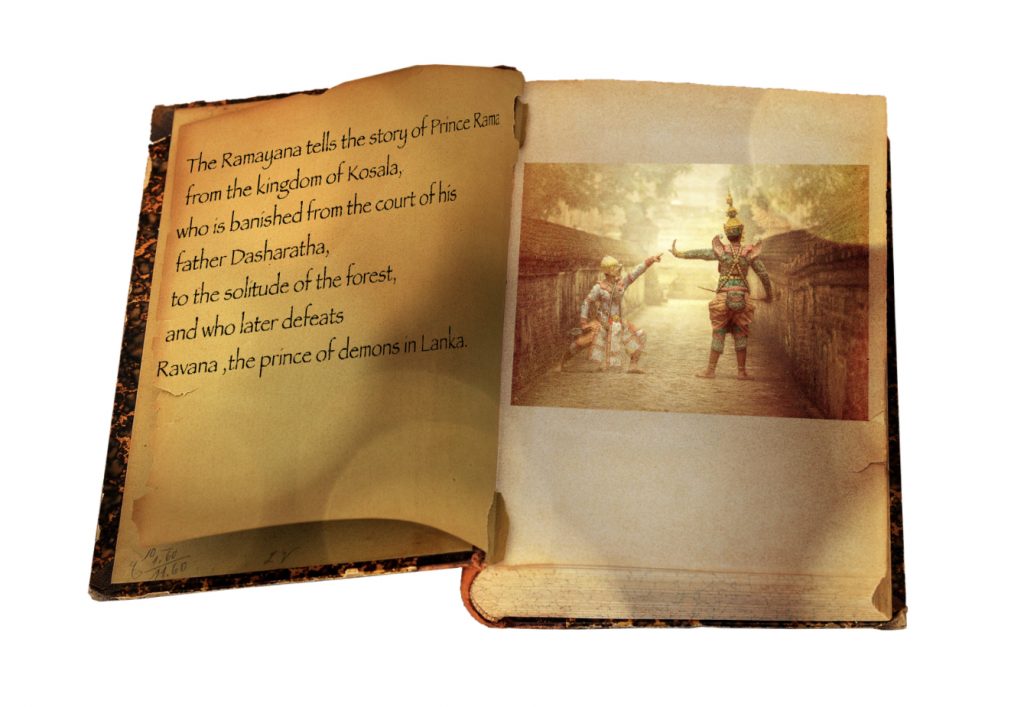Having arrived in India, Leonie finally meets her host parents. After she makes herself comfortable in her room, she attempts to find out more about her host family.
Stereotypes
Indian people…
- are regressive, conservative, dull
- travel to work, school by elephants or bullock carts
- are extremely religious
- are technological wizkids
- all find spouses through arranged marriages
- are vegetrians
- do not speak good English, have an accent
- are not educated
- are poor
- only eat curry
- all speak Hindu
- worship millions of Gods
In India…
- cows roam the streets
- there is a lot of dirt and chaos

Languages
Leonie plans to go sightseeing at noon, her host mother provides her with some knowledge about the variety of languages that are spoken in India, so that she is informed and can communicate with the locals.
General information:
There are hundreds of major and minor languages, plus hundreds of recognized dialects existing in India. The Indian constitution recognizes a total of 22 official languages, which are: Bengali, Hindi, Maithili, Nepalese, Sanskrit, Tamil,Urdu, Assamese, Dogri, Kannada, Gujarati, Bodo, Manipur, Oriya, Marathi, Santali, Telugu, Punjabi, Sandhi, Malayalam, Konkani and Kashmiri. These languages spoken in the state of India, are generally classified as belonging to the following different language families: the Indo-European, the Dravidian and the Sino- Tibetan. Furthermore, the states of India were established based on the common language spoken in each region. While Hindi and English are the official languages of the central government in India, individual state legislatures are allowed to adopt any regional language as the official language of their state. Also, English is unofficially recognized as an business language and often integrated in the social life of the upper classes. Because Indian English differs from Standard English, it is known as “Hinglish.”That difference has cultural and linguistic backgrounds.
Here is a general overview on some languages spoken in India:
Since Hindi and English are the most common languages spoken in Delhi, Leonie’s host mother gave her some index cards with useful phrases she might need to communicate.
Take a look to get familiar with the Hindi language.
Culture
Greeting
Another advise the host mother gives Leonie is the way to greet people.
General information:
To greet a person in India, one of the most popular greetings is used, the Namaste. Namaste is translated as ‘I bow to the divine in you’.
The gesture is performed by placing both hands together as Leonie, and bowing slightly.

Temples
Leonie is provided with all information she needs for her tour through Delhi. She starts off by visiting the impressive temples and taking pictures.
General information:
Most temples in India are ment to help the visitor with having a positive energy and a positive mind. To archive the maximum of positive energy available, the temples are often located along magnetic wave lines of the Earth. Buried unter the main idol, the copper plate helps to absorb and resonate the positive energy to its surroundings. To maintain the sanctified environment, it is a priority to take off footwear before entering into the temples.

The Lotus Temple
The Lotus Temple in Delhi, wich design is based on a lotus flower, is constructed according to the Baha’i faith. Like all Baha’i temples its structure is a circular 9-sided shape. The award winning temple, claims to be one of the most visited buildings.
The Lakshmi Narayan Temple
The first large large Hindu temple built in Delhi, is dedicated to Laxmi (the goddess of prosperity) and Narayana (The preserver). The temple embodies one of the major attractions in Delhi. One reason for its great importance, is that the temple was initiated by Mahatma Gandhi, who insisted that all people despite their case are allowed to visit the temple.

Food
Having seen the breathtaking temples, Leonie decides that it is time to eat traditional Indian food.
General information:
Food in India has been influenced by various civilizations. Foods of India are especially known for its spiciness. But every single spice used in Indian dishes, carries some or the other nutritional as well as medicinal properties. Although, the style of cooking varies from region to region, the staple, however, throughout the nation consists mostly of rice, wheat and Bengal gram. Vegetarian food is mostly common in Gujrati South Indian and Rajasthani food, non-vegetarian dishes form an integral part of the Mughlai, Bengali, North Indian and Punjabi cuisine. The food is mostly served in a ‘thali’, a plate, that holds several dishes.

Eating with hands:
Eating with hands is a widespread practice in most parts of India. Although it might seem strange, it has advantages. As fingers are heat receptors, you get to check the temperature before eating the food. Other than that, you tend to eat slower when you dine with hands, this aids in digestion. Traditionally, the right side is used to eat, because the left hand is considered to be dirty.
Clothing
While walking through Delhi, Leonie noticed the different clothes the people were wearing. To find out more about the clothing, she decides to go to a sari shop.
General information:
The sari, as a single cloth, requires no stitching. Initially, the sari was an traditional Hindu wear, but today it is spread across all religions of India no matter the religion. The traditional Kurta-Pyjama, and the formal wear of Sherwani,are clothes for men, which are also spread around all regions of India, equally to the sari.

Literature
On her way home, Leonie enters a book shop. There she ask about the literature of India.
General information:
The earliest Indian literature took the form of the canonical Hindu sacred writings, known as the Veda, which were written in Sanskrit. To the Veda were added prose commentaries such as the Brahmanas and the Upanishads. In addition to sacred and philosophical writings, multiple more genres emerged. Because Sanskrit was identified with the Brahminical religion of the Vedas, Buddhism and Jainism adopted other literary languages (Pali and Ardhamagadhi, respectively). From these and other related languages emerged the modern languages of northern India. The literature of those languages depended largely on the ancient Indian background, which includes two Sanskrit epic poems, the Mahabharata and Ramayana, as well as the Bhagavata-purana and the other Puranas. In addition, the Sanskrit philosophies were the source of philosophical writing in the later literatures, and the Sanskrit schools of rhetoric were of great importance for the development of court poetry in many of the modern literatures. The South Indian language of Tamil is an exception to this pattern of Sanskrit influence because it had a classical tradition of its own. Urdu and Sindhi are other exceptions. Beginning in the 19th century, particularly during the height of British control over the subcontinent, Western literary models had an impact on Indian literature, the most striking result being the introduction of the use of vernacular prose on a major scale. Such forms as the novel and short story began to be adopted by Indian writers, as did realism and an interest in social questions and psychological description. A tradition of literature in English was also established in the subcontinent.
(Source: https://www.britannica.com/art/Indian-literature )
Leonie is very interested on the Ramayana and takes a look at the epic poem.


Families, Women, Marriages
Back home, Leonie has a talk with her host family about Indian families, arranged marriages and the role of woman. Although India has developed throughout the years, a lot of people still hold on to some conservative traditions.
Joint Families
General information:
In a joint family, the entire family lives together, parents ,children and occasionally relatives, included. In such families, a ‘Karta’, a senior male or female, is the head of the family. A ‘Karta’ makes economic and social decisions on behalf of the entire family. All members income goes into a common pool, which is supposed to benefit all members. However, nowadays, economic development and urbanisation have led to an decrease of joint families.
Arranged marriages and women
General information:
Arranged marriages are still a strong tradition in India, which dates back to times in 1500–1100 BCE where competitions were held to win the hand of a royal bride.
(Source: https://youtu.be/MZH_kzdARcw)
Review of the day
After an exciting day, Leonie writes in her diary about her experiences. However, she does not remember every information she learned about today.

Can you help Leonie complete her diary entry?